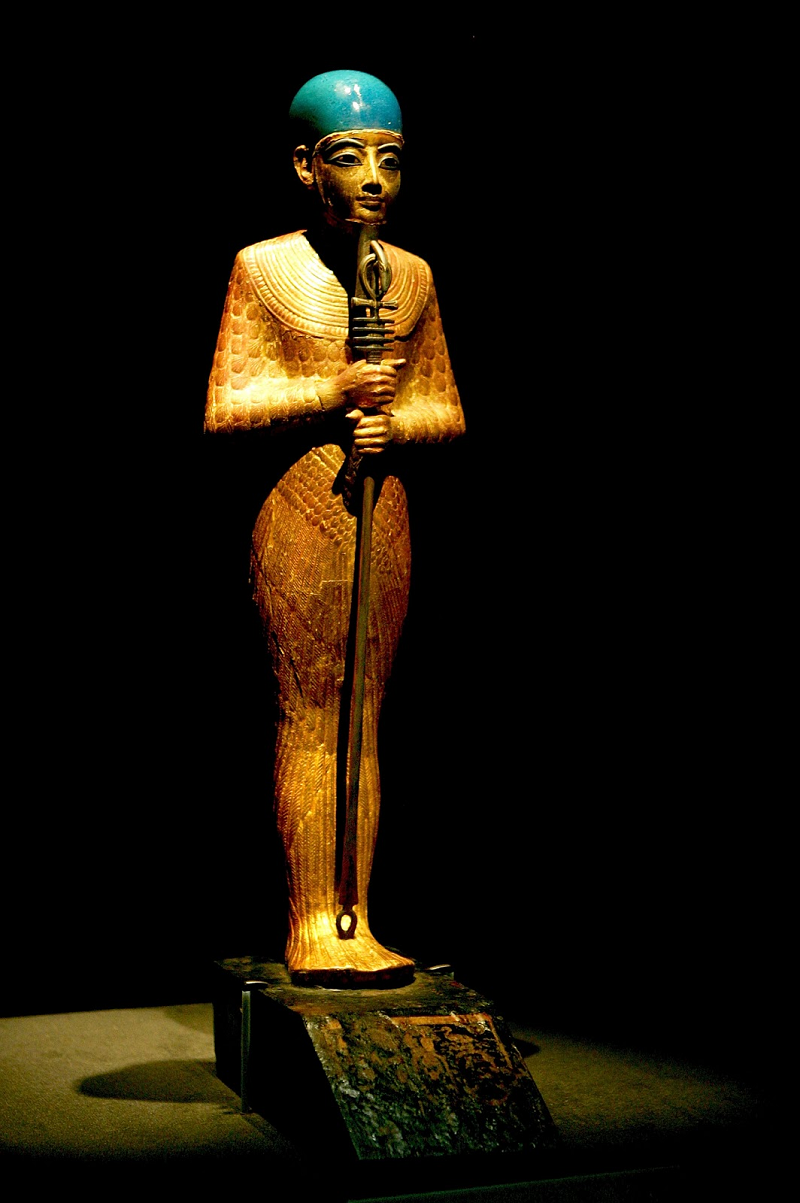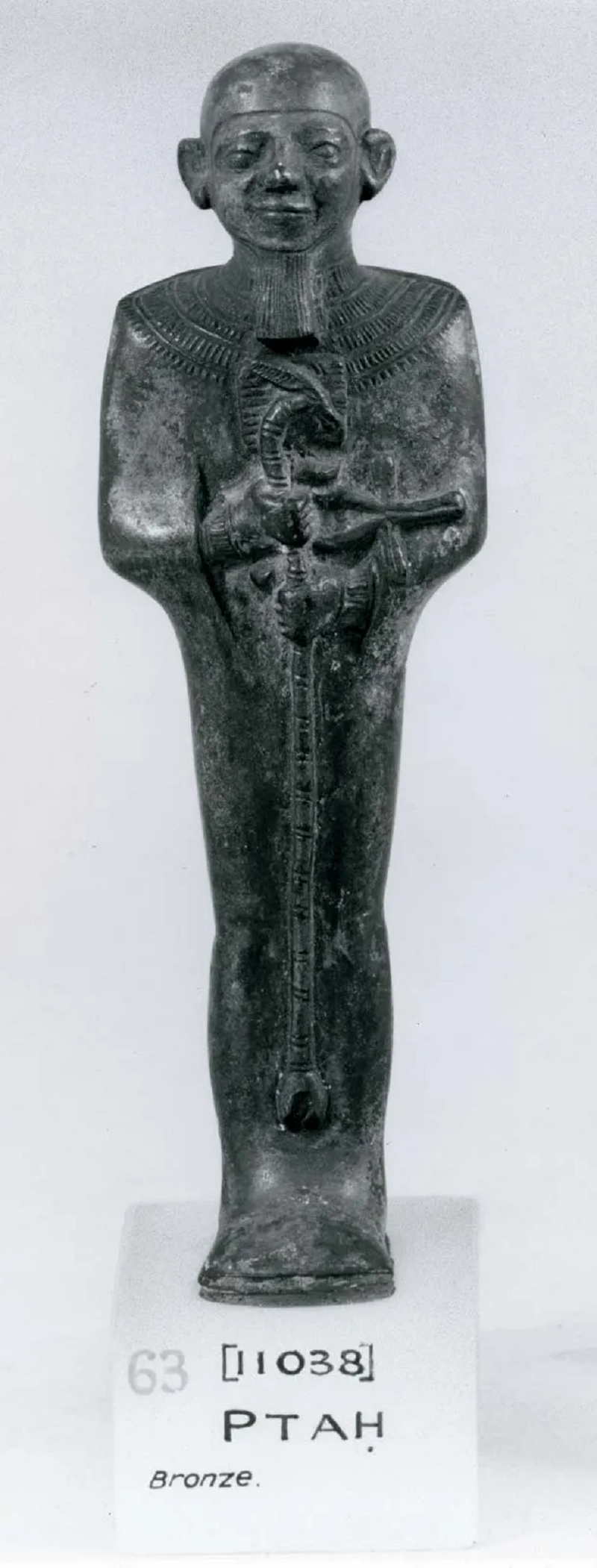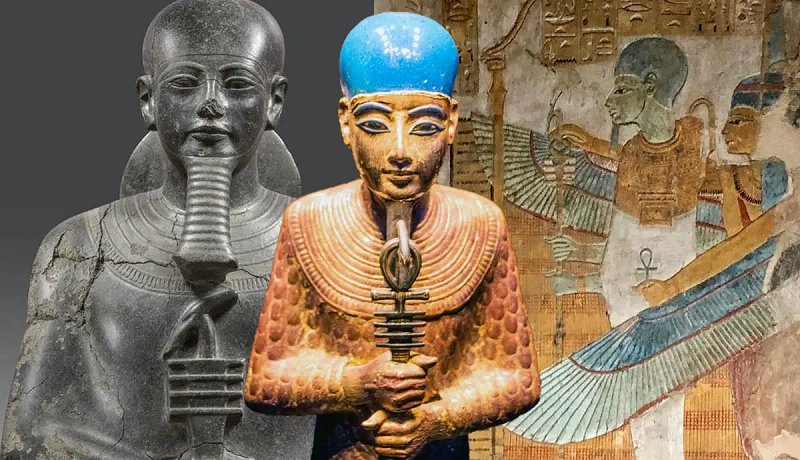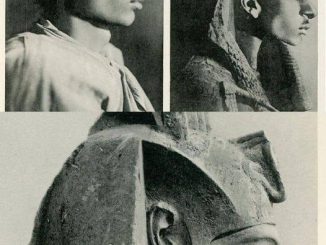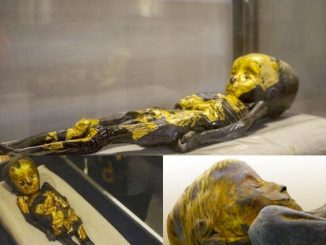In the annals of ancient Egyptian mythology, Ptah stands as a figure of immense significance. Revered as the creator god of Memphis, Ptah held sway over craftsmen, artisans, and architects, embodying the divine essence of creativity and craftsmanship. Yet, despite the veneration bestowed upon him, the true form of Ptah remains shrouded in mystery, prompting archaeologists and historians to delve deeper into the sands of time in search of answers. In this exploration, we embark on a journey through the archaeological remnants of Memphis, seeking to unravel the enigma of Ptah and shed light on the manifestations this deity might have assumed.
The Sacred City of Memphis
Nestled along the banks of the Nile, Memphis emerged as one of ancient Egypt’s foremost centers of power and culture. Founded around the 31st century BCE, it served as the capital of the Old Kingdom, witnessing the rise and fall of pharaohs, the construction of monumental structures, and the flourishing of religious rites. At the heart of this bustling metropolis stood the grand temple complex dedicated to Ptah, the divine patron of the city.
The Cult of Ptah
Within the precincts of the Temple of Ptah, priests and devotees paid homage to the god through rituals and offerings, invoking his blessings for prosperity and protection. Ptah’s cult extended beyond Memphis, permeating the spiritual landscape of ancient Egypt and leaving an indelible mark on its religious practices. Yet, despite the fervent devotion accorded to him, the physical representation of Ptah remained elusive, evading the grasp of archaeologists seeking to decipher his true form.
Iconography and Symbolism
In their quest to comprehend Ptah’s essence, scholars turn to the iconography and symbolism associated with the deity. Depicted as a mummified figure adorned with the skullcap of a craftsman and wielding the scepter of dominion, Ptah embodies the fusion of divine authority and creative prowess. His association with the act of creation, symbolized by the primordial mound upon which he stands, underscores his role as the progenitor of the cosmos and the patron deity of artisans.
The Enigmatic Form of Ptah
Despite the prevalence of artistic representations and textual references, the true form of Ptah eludes definitive identification. Some interpretations posit Ptah as a composite deity, incorporating elements of other gods such as Osiris and Sokar, while others attribute anthropomorphic characteristics to him, envisioning a god with human-like features. However, these conjectures remain speculative, leaving ample room for conjecture and scholarly debate.
Archaeological Discoveries
Archaeological excavations conducted within the confines of Memphis have yielded invaluable insights into the religious practices and beliefs of its inhabitants. Temples, tombs, and inscriptions serve as tangible manifestations of ancient Egyptian spirituality, offering glimpses into the rituals dedicated to Ptah and the cultic activities that sustained his worship. Among the most notable discoveries are the remnants of the Temple of Ptah itself, where intricate reliefs and inscriptions adorn the walls, depicting scenes of divine reverence and ceremonial offerings.
A small review
In “Unveiling the Enigma of Ptah,” the author embarks on a captivating journey through ancient Egyptian mythology and archaeology to unravel the mysteries surrounding Ptah, the god of Memphis. Through meticulous exploration, the blog post delves into the significance of Memphis as a center of power and culture, highlighting Ptah’s revered status within the city’s religious landscape.
The author adeptly navigates through the complexities of Ptah’s cult, shedding light on the deity’s role as the patron of craftsmen and artisans. Drawing from iconography, symbolism, and archaeological discoveries, the post offers compelling insights into the elusive nature of Ptah’s true form, sparking curiosity and scholarly inquiry.
The conclusion succinctly encapsulates the essence of the exploration, emphasizing the ongoing quest to unravel the mysteries of Ptah and the sacred precincts of Memphis. Overall, “Unveiling the Enigma of Ptah” provides a thought-provoking glimpse into ancient Egyptian mythology and the enduring allure of archaeological exploration.
Conclusion

